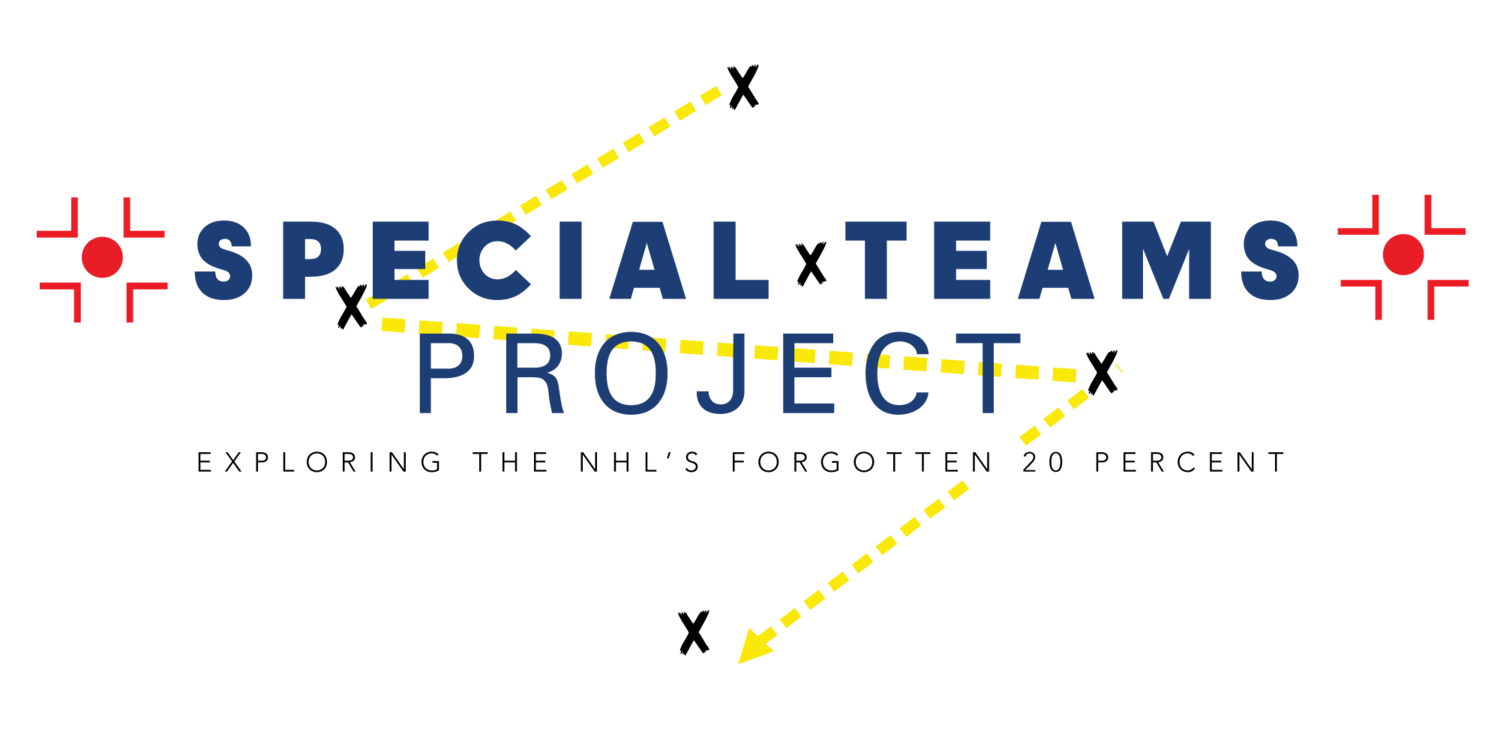Special Teams Spotlight: The Optimal 6-on-4 Formation
For the purposes of my project, I haven't been tracking 6-on-4 action. But I watch as many of them as possible, and what I've observed is that while an extra man is obviously an advantage, having 10 skaters on the ice can clutter and lead to chaos of the kind that doesn't necessarily help the offense. Having a set structure and plan can eliminate some of that chaos for the trailing team.
The Philadelphia Flyers -- trailing by three goals against the New York Rangers -- adapted their 1-3-1 formation to best fit their needs after pulling their goalie. It resulted in a 1-3-2 of sorts, with Jakub Voracek shifting to the side of the net on his off-wing, and Mark Streit taking his old spot at the top of the right faceoff circle. By doing this, the Flyers' weapons are all on their off-sides, ready to one-timer the puck, with more options and less passing lanes clogged than during a regular 5-on-4. Watch the Flyers execute the 6-on-4 to perfection, with five or six great looks. If it weren't for Henrik Lundqvist, this game could become a lot closer near the end.
A more structured 6-on-4 setup, ideally adapted from the team's 5-on-4 formation so that the situation isn't completely foreign to the players, can make a huge difference. We'll have to see whether other teams adapt their tactics in similar fashion.
